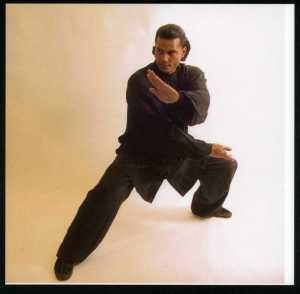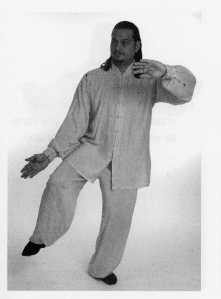Posts Tagged ‘marital arts’
Tai Chi Classes at Normandale C.C. aid in balance maintenance as we age.
Pushing the age barriers and sensing a slow loss of lower  body balance control over the past few years, I had considered taking a Tai Chi class being offered at Normandale Community College in Bloomington. Years past, I had taken Tae Kwon Do while living in Madison, Wisconsin. But, that was years past and I felt it was not necessary to go to those extremes of martial arts.
body balance control over the past few years, I had considered taking a Tai Chi class being offered at Normandale Community College in Bloomington. Years past, I had taken Tae Kwon Do while living in Madison, Wisconsin. But, that was years past and I felt it was not necessary to go to those extremes of martial arts.
Jose Figueroa was the instructor for the Tai Chi classes at Normandale Community College. I found him to be extremely patience, knowledgeable and above all else well skilled in demonstrating the movements. Jose Tai Chi experience exceeds two decade. Jose is the owner and operator of the Mind Body Synergy Institute..
The positive result was a noticeable improvement in my balance. No, I can’t compete with the twenty years olds on the floor, and that was not my intent.
While Tai Chi can be considered a branch of marital arts, the movements are slower requiring a body flow or movement versus rapid explosive efforts. While my leg strength is above average, I soon learned I was lacking good balance while standing or posing on one foot. My background in strength training has made me aware of the loss of muscles cells and balance through the aging process. The down side of this statement is muscle cell loss start at the approximate age of 40, then rapidly increase after the age of 65 with a rapid loss of sense of balance.
With purely a health emphasis, t’ai chi classes have become popular in hospitals, clinics, and community and senior centers in the last twenty years or so, as baby boomers age and the art’s reputation as a low-stress training for seniors became better known.
Researchers have found that intensive t’ai chi practice shows some favorable effects on the promotion of balance control, flexibility, cardiovascular fitness, and has shown to reduce the risk of falls in both healthy elderly patients,[2] and those recovering from chronic stroke,[1] heart failure, high blood pressure, heart attacks, multiple sclerosis, Parkinson’s, Alzheimer’s and fibromyalgia
T’ai chi, along with yoga, has reduced levels of LDLs 20–26 milligrams when practiced for 12–14 weeks. A thorough review of most of these studies showed limitations or biases that made it difficult to draw firm conclusions on the benefits of t’ai chi.[2] A later study led by the same researchers conducting the review found that t’ai chi (compared to regular stretching) showed the ability to greatly reduce pain and improve overall physical and mental health in people over 60 with severe osteoarthritis of the knee.
(1.) Wolf, SL; Sattin
RW & Kutner M (2003). “Intense tai chi exercise training and fall
occurrences in older, transitionally frail adults: a randomized, controlled
trial”. Journal of the American Geriatric Society 51 (12): 1693–701.
doi:10.1046/j.1532-5415.2003.51552.x. PMID 14687346
(2.). a b c Wang, C; Collet JP & Lau J (2004). “The
effect of Tai Chi on health outcomes in patients with chronic conditions: a
systematic review”. Archives of Internal Medicine 164 (5): 493–501.
doi:10.1001/archinte.164.5.493. PMID 15006825.
Photo Credits: From Mr. Figueroa’s book “Pratical Tai Chi” retrieved
2011